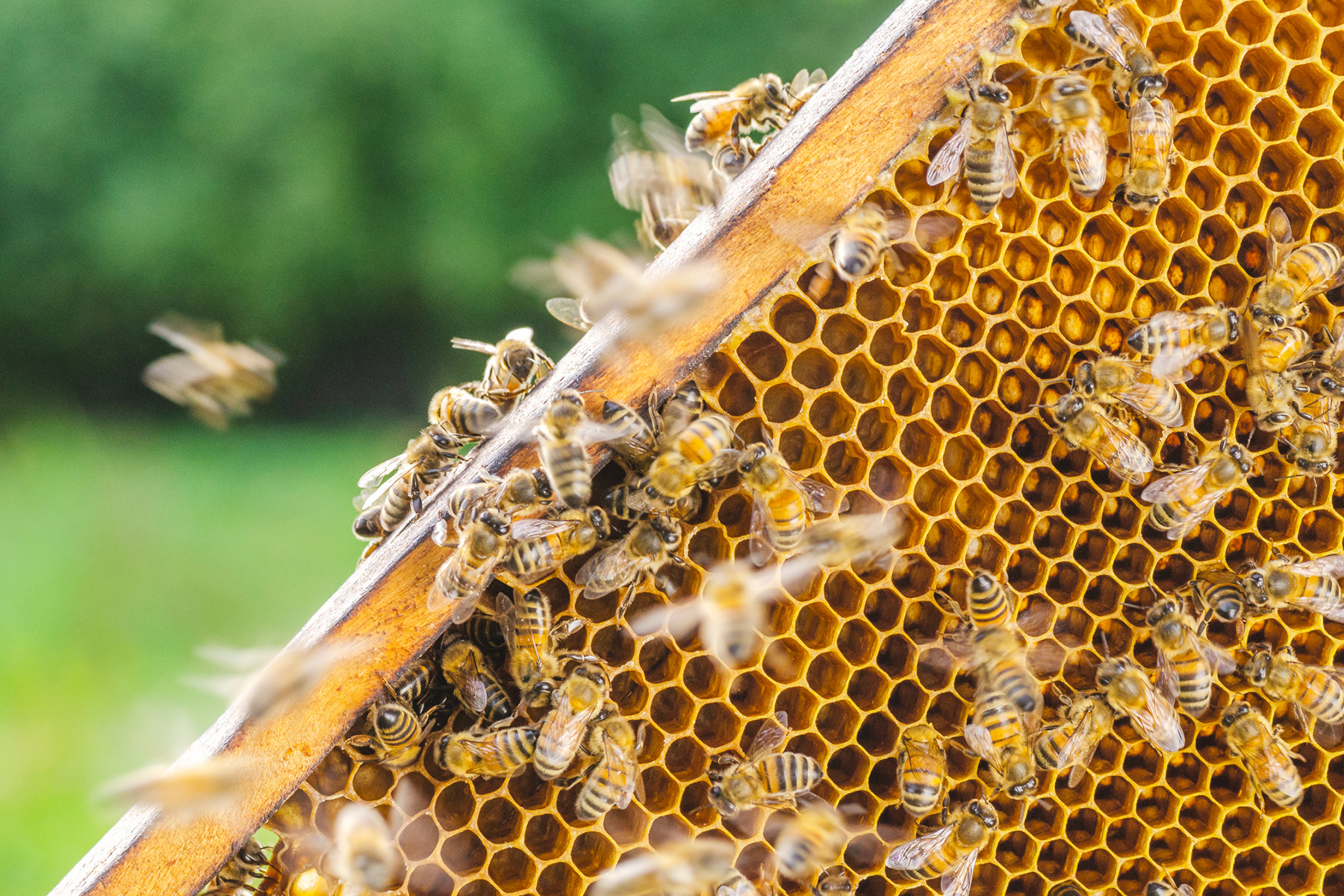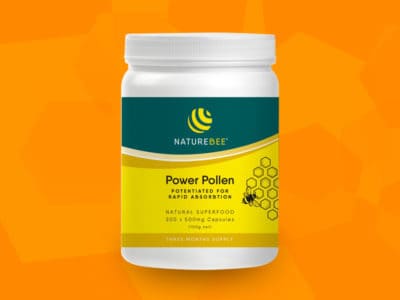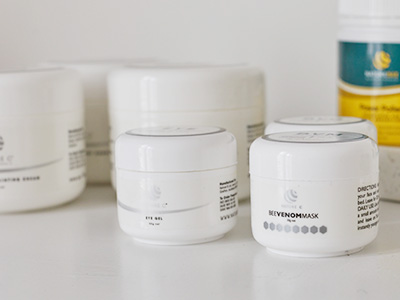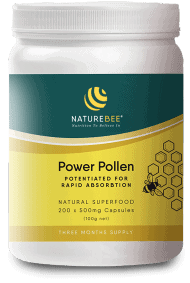The Meaning Of World Bee Day: Why Bees Deserve Global Recognition And How To Protect Them

As the global conversation about the effects of climate change has expanded, so too has our knowledge of the essential role of bees in our ecosystem. Put simply, we cannot live without them: they pollinate 70 of the 100 or so crop species that feed 90 percent of the world’s population. According to a BBC report, honeybees are responsible for $30 billion a year in crops, and without them, we would have only half the amount of fruit and vegetables. The 20th of May marked World Bee Day – signalling our dependence on bees.
Last year for the At Source podcast I spoke to Phil Lester, Professor in Ecology and Entomology at Victoria University of Wellington and author of Healthy Bee, Sick Bee, who describes the honeybee as “nature’s most powerful insect.” Prof Lester says climate change is a major factor in declining bee populations overseas, and that pesticides, habitat disturbance/urbanisation and introduced species such as wasps are the main drivers of biodiversity and insect change around the world.
Our local bee population is diverse – as well as honey bees, Aotearoa New Zealand is home to four types of bumblebee and 28 types of native bee. Other pollinators include many flies, native butterflies and moths, and the flower longhorn beetle.
There’s no question that we need to do better for bees – not only in protecting their habitats but when transporting them. A recent tragic case involved the wholly preventable deaths of millions of honeybees when their flight from California to Alaska, where they were to be used to pollinate apple orchards and nurseries, was re-routed across the country and they were left in a cargo bay by the airline.
The good news is that organisations and agencies around the world are acknowledging the vulnerability of bees and other pollinators, and recognising the need to shore up their populations to protect food resources for countless other species, including humans. Some of the important work is being done by the Natural Resources Conservation Service of the US Department of Agriculture, which is providing technical and financial assistance to help producers provide safe and diverse food sources for honeybees. Conservation practices includes planting cover crops, wildflowers and native grasses, and improving management of grazing lands. To accelerate conservation efforts, NRCS is zeroing in on areas where more than two-thirds of honeybee populations spend the summer months, to help them build the strength to survive winter. By its third year, this effort had enhanced about 35,000 acres of land for honeybees.

Even as large-scale efforts like this are underway to protect honeybee populations, there is plenty we can do as consumers and home gardeners to care for the bees in our immediate environment:
1. The New Zealand Environmental Protection Agency Te Mana Rauhī Taiao offers specific advice on how to safely use garden insecticides and chemicals, some of which, such as neonicotonoid insecticides, can be especially harmful to pollinators. There are strict controls around their use, and users are advised to always follow the instructions, so it does its job but keeps bees and other pollinators safe. Spray after sunset; spray in dry weather and not when it is windy (this keeps people safe too); and do not spray near budding or flowering plants where bees and other insects tend to forage. Before you spray, if you know of any beehives in your area, tell the owners so they can move or protect their hives – bees commonly forage within a five-kilometre radius and even beyond.
2. Consider alternatives to insecticides and other chemicals. You could pull out weeds by hand or use boiling water to spot kill weeds in the garden or moss on pathways. Pests can be squashed, and nets can protect vegetable gardens from unwanted incursions.
3. Many of us are in the habit of getting out the mower and attacking the lawns on a regular basis – but a more strategic approach to mowing can make you a friend of bees. Mow less frequently and let more clover flowers and dandelions – bee food – grow. If you cut smaller areas of lawn on a rotation basis, you leave more flowers as food and longer grass as shelter for pollinator insects. Some flowering weeds are valuable food sources for pollinators, so consider leaving some to grow or take care when spraying these.
4. Pollinators need plenty of clean, fresh water. If you don’t have a pond or water feature you can keep topped up – and avoid spraying anywhere near – simply put out a water-filled dish or saucepan, and put some twigs or pebbles in for bees and insects to land on while they drink. Keep it out of the sun so the water stays cool.
5. Nesting is very important. Don’t disturb insect nests, with the exception of wasps, in which case the nest should be safely exterminated to protect people, bird life and other insects. It is a good idea to keep some banks of earth or areas of bare soil in your garden, for bees to nest in. If you have sheltered space in your backyard, you could build a bee hotel for nesting by filling pots with sticks or bamboo.
By Keren Cook, NatureBee
Sources: https://www.epa.govt.nz/everyday-environment/animals-and-insects/bees/ USDA website
 1800 147 009
1800 147 009 0800 506 601
0800 506 601 1-866-834-8355
1-866-834-8355







